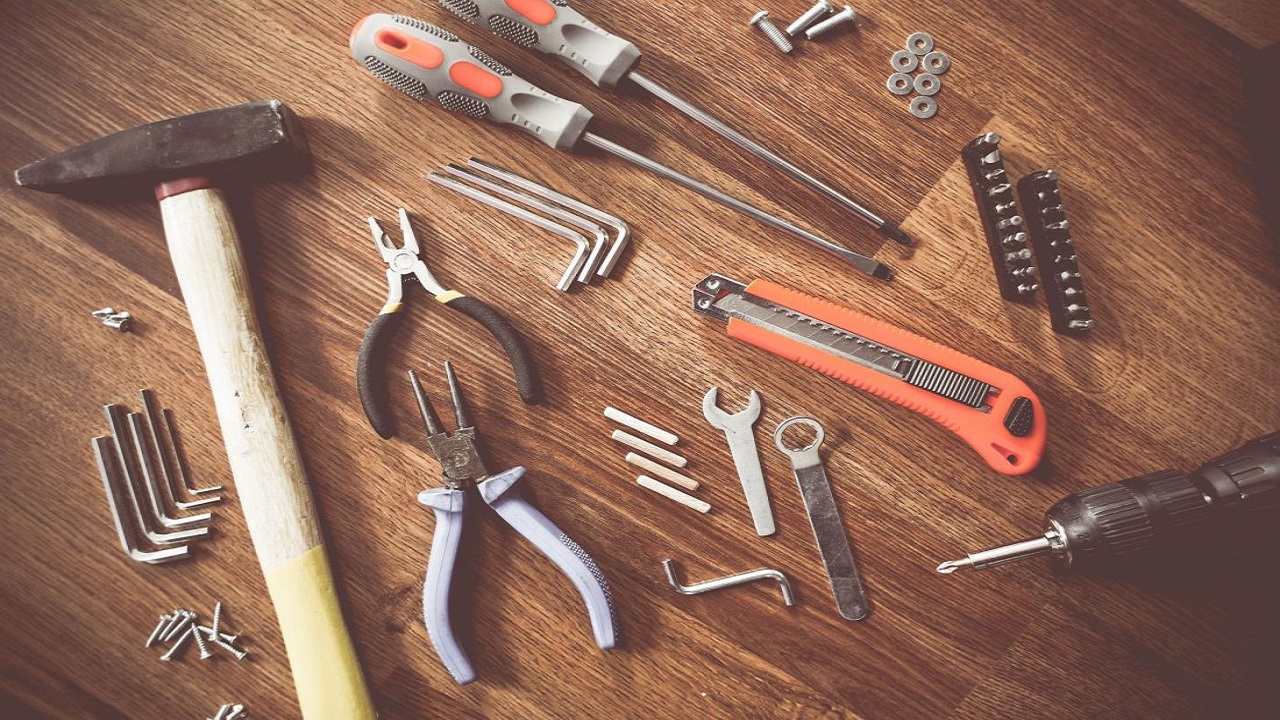Choosing the proper instruments in sustainable building design might be a significant factor in the efficiency, waste generation, and environmental impact. Hand tools are especially important to set up energy-efficient and environmentally-save buildings and the latter, especially as regards precise constructions and minimal use of unnecessary materials. Low-cost, tough, and versatile china hand tools have flooded the market and taken root as key players in sustainable construction projects. In this article, we will understand the importance of china hand tools in sustainable building designs.
Achieving Efficiency and Precision
It is impossible to overemphasize the role of Chinese hand tools like; bricklaying trowels, plastering trowels, and scrapers in developing structures that accord with the required precision and fit. It means that specialized tools prevent mistakes that inevitably occur at the assembly stage and require additional material and energy consumption. High-quality china hand tools used in construction lead to better workmanship and structures making the buildings more durable which consequently reduces the frequency of having to replace damaged buildings, a principle that forms the basis of green architecture.
Reducing Material Waste
The first fundamental concept of sustainable building design is therefore the minimization of waste. Scrapers & trowels along with measuring & layout tools made from Chinese origin benefit builders in minimizing wastage through accurate measurement of resources. Other china hand tools include scrapers and brick jointers which assist in the final touches hence optimal utilization of resources. By choosing the high value, low waste materials the environmental impact of any building project is drastically reduced.
Enhancing Reusability and Durability
In sustainable construction, tools that are durable as well as multi-purpose are needed. In this regard, china hand tools are made from high-quality materials that help to make the product more durable. Some of the specific tools include bricklaying trowels and plastering trowels which are characterized by advanced strength and durability to cement and minimal need for replacement in the later future hence critical in projects that seek to minimize long-term tool consumption. These are designed to be durable so that they are still effective and operating in the long term to avoid wastage in construction.
Ensuring Eco-friendly Practices
Since china hand tools require less energy than power tools, they therefore are recommended for sustainable building practices that emphasize energy use. Tasks such as finishing and detailing are best done manually using these china hand tools where accuracy is desired but power tools cannot be of much help, this way energy consumption is considerably brought down on a construction site. These hand tools are easy to maneuver, comfortable to use, and thus ideal for precise and time-consuming work in a fashion required in low-energy constructions.
Conclusion
In short, china hand tools are economical and environmentally friendly when compared to other building tools in construction projects. They have the great function of improving precision, minimizing the amount of materials used, maximizing reusability, and supporting energy-saving practices to design environmentally friendly and sustainable buildings. To have sustainable building designs another step in green building solutions one has to factor in depending on durable and reliable China hand tools which are both economical and long-lasting.


